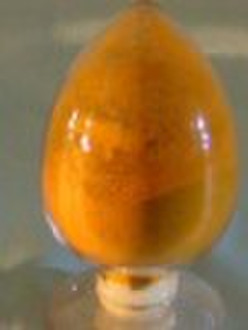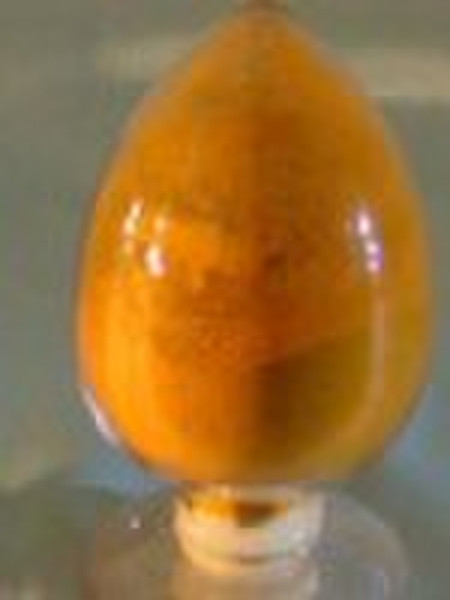Catalog
-
Catalog
- Agriculture
- Apparel
- Automobiles & Motorcycles
- Beauty & Personal Care
- Business Services
- Chemicals
- Construction & Real Estate
- Consumer Electronics
- Electrical Equipment & Supplies
- Electronic Components & Supplies
- Energy
- Environment
- Excess Inventory
- Fashion Accessories
- Food & Beverage
- Furniture
- Gifts & Crafts
- Hardware
- Health & Medical
- Home & Garden
- Home Appliances
- Lights & Lighting
- Luggage, Bags & Cases
- Machinery, Hardware & Tools
- Measurement & Analysis Instruments
- Mechanical Parts & Fabrication Services
- Minerals & Metallurgy
- Office & School Supplies
- Packaging & Printing
- Rubber & Plastics
- Security & Protection
- Service Equipment
- Shoes & Accessories
- Sports & Entertainment
- Telecommunications
- Textiles & Leather Products
- Timepieces, Jewelry, Eyewear
- Tools
- Toys & Hobbies
- Transportation
Filters
Search
glycyrrhizin
original price: 110,00 USD
China

Xinkang Jin
Contact person
Basic Information
Glycyrrhizin is the active principle of liquorice root. It is a powerful sweetener, 3050 times as potent as sucrose (table sugar). Chemically, glycyrrhizin is a triterpenoid saponin glycoside being either the Ca2+ or K+ salt of glycyrrhizic (or glycyrrhizinic) acid. Upon hydrolysis, the glycoside loses its sweet taste and is converted to the aglycone glycyrrhetinic acid plus two molecules of glucuronic acid. The acid form is not particularly water soluble, but its ammonium salt is soluble in water at pH greater than 4.5.Although sweet, the taste of glycyrrhizin is different from that of sugar. The sweetness of glycyrrhizin has a slower onset than sugar, and lingers in the mouth for some time. Additionally, its characteristic licorice flavor makes it unsuitable as a direct flavor substitute for sugar. Unlike the artificial sweetener aspartame, glycyrrhizin maintains its sweetness under heating.In the United States, glycyrrhizin is classified as "generally recognized as safe" as a flavoring agent, although not as a sweetener. Glycyrrhizin is used as a flavoring in some candies, pharmaceuticals, and tobacco products.The European Union suggests that people should not consume any more than 100mg of glycyrrhizic acid a day, equivalent to approximately 50g of liquorice sweets.In Japan, where concern over the safety of artificial sweeteners during the 1970s led to a shift towards plant-derived sugar substitutes, glycyrrhizin is a commonly used sweetener, often used in combination with another plant-based sweetener, stevia. However, glycyrrhizin appears to have some pharmacological side effects, and the Japanese government has asked its citizens to limit their consumption to 200 milligrams per day.
Delivery terms and packaging
Packaging Detail: aluminum foil-bag and two plastic-bags inside,25kg/drum or according to your requirment Delivery Detail: 3 days
Port: Xi,an
Payment term
Letter of credit
Telegraphic transfer
Western Union
-
Payment Methods
We accept:









